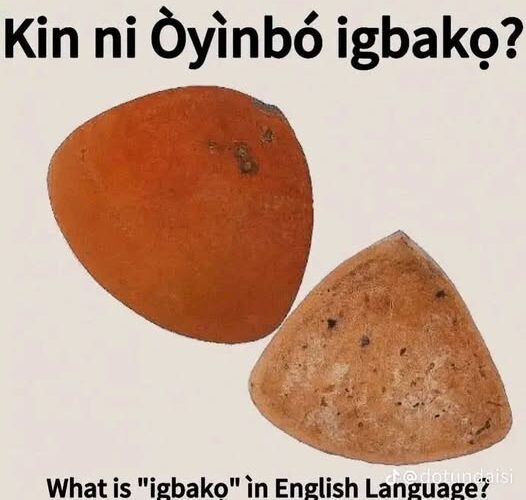If you’ve ever been around a traditional Yoruba kitchen or eaten classic Nigerian “swallow” meals like Eba, Amala, or Fufu, you might have heard the word “Igbako.” But what exactly is Igbako in English, and why is it such an important part of Yoruba dining culture?
Igbako is the Yoruba word for a serving spoon or food scooper – specifically designed for serving swallow meals. Unlike regular spoons, an igbako is usually larger, sturdy, and shaped to handle the texture of Nigerian swallows without sticking or breaking.
What is Igbako Used For?
Scooping Swallows Like Eba, Fufu, and Amala
Igbako is mainly used to scoop swallows (soft, dough-like meals) from the pot into a plate. These swallows – such as Eba (garri-based), Amala (yam flour-based), Fufu, or Semovita – are staples in Yoruba and Nigerian cuisine.
Shaping the Swallow Before Serving
Beyond scooping, the igbako also helps smoothen and shape the swallow into neat round balls before serving.
Creating a Dip for Soup
In Yoruba tradition, when you serve a swallow meal, you often create a small indentation in the center of the ball – almost like a little “bowl.” This space holds the soup or stew (like Efo Riro, Egusi, or Okra soup) that completes the meal. The igbako makes this process quick and neat.
What is the English Name for Igbako?
The direct English translation of igbako is “serving spoon” or “food scooper.”
However, in the Nigerian context, an igbako isn’t just any serving spoon – it’s the serving spoon for swallows. In some households, even if there are multiple serving spoons, the igbako is reserved solely for serving Eba, Amala, or Fufu.
Cultural Importance of Igbako in Yoruba Homes
In many Yoruba homes, the igbako holds a special place. It’s not just a utensil; it’s a part of the food-serving ritual.
Everyday Use: Used for daily meals, especially when there’s a pot of fresh Eba or Amala.
Special Occasions: During weddings, festivals, or big family gatherings, the igbako comes out to serve large quantities of swallow quickly.
Respect for Tradition: In some homes, it’s considered improper to serve swallow meals with anything other than the igbako.
What is Igbako Made Of?
Traditionally, igbako was made from wood or calabash, carved smooth to handle hot swallows without damage.
Today, modern igbako versions are:
- Plastic (lightweight and easy to clean)
- Metal (durable and strong for tougher swallows)
Despite modernization, some people still prefer the wooden igbako because it adds an authentic, traditional touch to the meal.
Final Thoughts
The next time you hear the word igbako, you’ll know it refers to the serving spoon for swallows – a simple but important tool in Yoruba and Nigerian kitchens.
It’s more than just a utensil; it’s a symbol of tradition, culture, and the love of hearty Nigerian meals.

